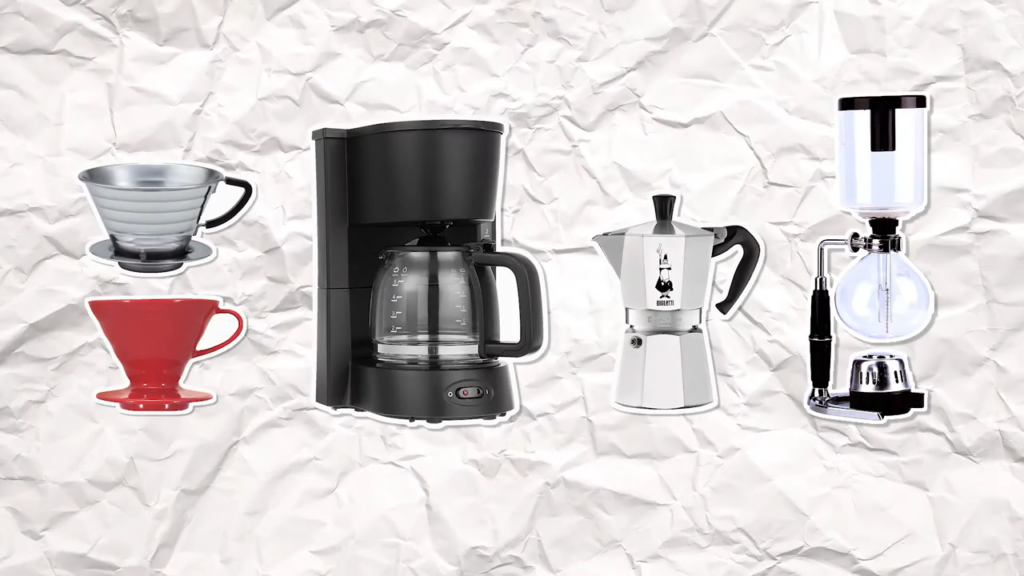While crafting the perfect cup can be a rewarding experience, scaling your recipe up or down can lead to unexpected results. In this post, we will explore the nuances of adjusting your brewing recipe, focusing on why taste discrepancies occur and how to achieve a balanced cup regardless of batch size.
Understanding the Scaling Dilemma
Imagine preparing coffee for a gathering by simply doubling your brewing recipe. Initially, it seems straightforward to increase the amount of coffee grinds and water, but the final product often disappoints. Why does this happen?
When you double a recipe, the critical variables of coffee grinds and water change. However, the key factor that alters the flavor profile is the brewing time, which inevitably increases. This extended brewing time often times leads to over-extraction, resulting in a less desirable taste.
Controlling Extraction with Time-Adjustable Devices

To mitigate the effects of over-extraction when scaling up, it is essential to use brewing devices that allow for time control. Options such as the French press, Aeropress, and immersion cold brew are excellent choices. These methods enable you to better manage brewing time when preparing larger batches, ensuring that flavor remains balanced.
Challenges with Non-Time-Control Devices

On the other hand, if you are using brewing devices that lack precise time control—such as pour-over coffee drippers, moka pots, or siphons—compensating for increased brewing time becomes crucial. When scaling up (brewing a bigger batch of coffee) your recipe, it is necessary to recognize that you are likely over-extracting the coffee due to prolonged brewing time.
To counter this, consider adjusting another variable in your recipe to extract less. For instance, tweaking the grind size (by grinding it coarser) or adjusting the coffee-to-water ratio (using a lower brewing ratio) can help balance the flavor profile when you are scaling up your brewing recipe.
The Effects of Scaling Down
Conversely, scaling down your coffee recipe presents its own challenges. A smaller amount of coffee typically leads to under-extraction, as the brewing time decreases. Adjustments must be made to the recipe to achieve a balanced cup, emphasizing that both scaling up and down require careful consideration of extraction dynamics.
Understanding Brewing Device Limitations
It is important to recognize the limitations of your brewing devices. Most have specific thresholds for the minimum and maximum amounts of coffee that can be effectively brewed. For example, attempting to brew with just 5 grams of coffee in a pour-over device is unlikely to yield a balanced cup due to insufficient brewing time to extract the flavors adequately.
Similarly, using an excessive amount, such as 100 grams of coffee, may also hinder your ability to produce a good cup, as there may not be enough ways to tweak the brewing variables for successful brewing.
The Benefits of Scaling Up
Interestingly, scaling up your brewing recipe can sometimes make it easier to achieve a balanced cup of coffee. This is primarily because coarser grinds are generally more forgiving than finer grinds, allowing for a broader range in taste without drastically affecting the final product.
Conclusion
Scaling your brewing recipe is a subtle yet significant aspect of crafting the perfect cup of coffee. By understanding the relationship between brewing time and extraction, you can make informed adjustments to your recipes, whether you are increasing or decreasing batch sizes. This knowledge will help you consistently produce flavorful coffee, regardless of the scale of your brewing endeavors.
